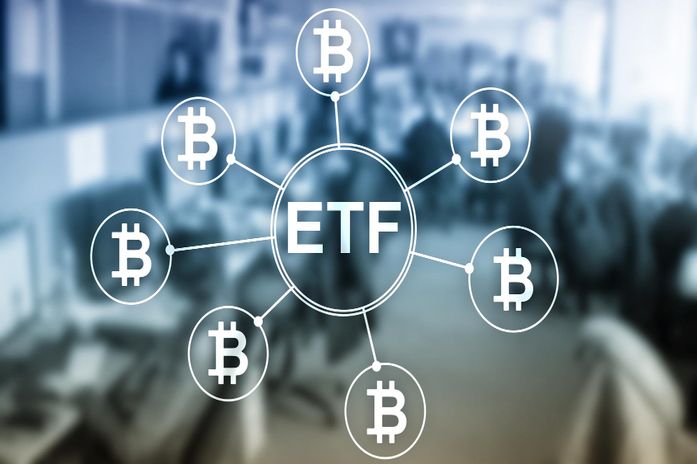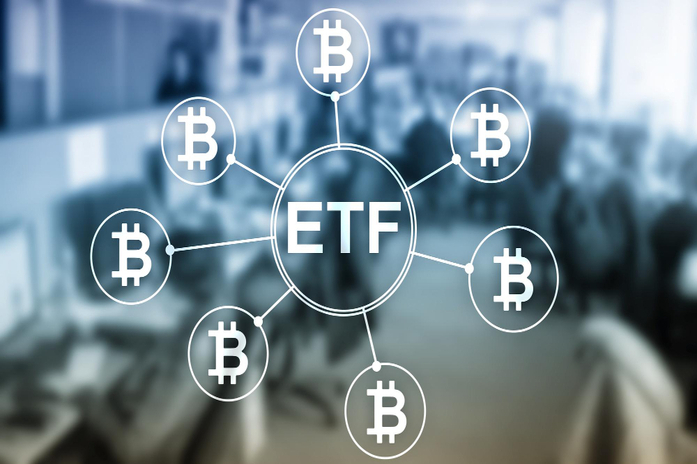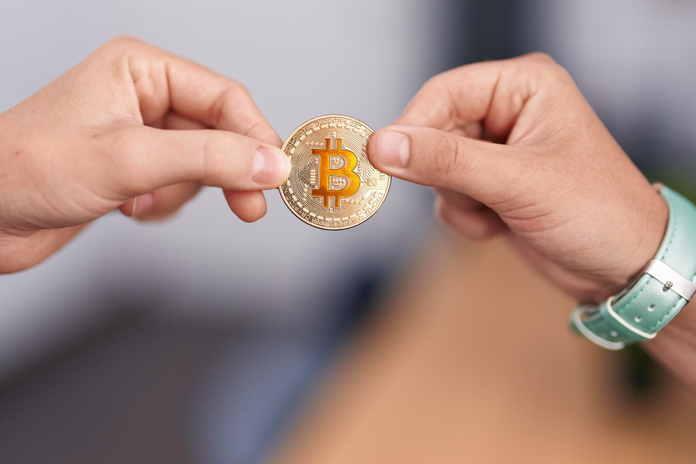Altcoin Season 2025: OKB, Aave, and Monero Stand Out

The cryptocurrency market continues to show selective strength, and Altcoin Season 2025 is shaping up with a focus on tokens that bring real-world utility. While Bitcoin still maintains dominance above 60%, capital rotation into specific altcoins is giving traders opportunities in categories like exchange tokens, decentralized finance (DeFi), and privacy-based networks.
OKB, Aave (CRYPTO:AAVE), and Monero (CRYPTO:XMR) represent these categories well. Each token plays a unique role—whether by enhancing exchange activity, powering decentralized lending markets, or safeguarding user privacy. Together, they illustrate the type of rotation fueling Altcoin Season 2025.
OKB: Exchange Utility and Market Depth
OKB, the native token of OKX, is trading near $210 with a market capitalization of roughly $4.5 billion. Recently, it reached an intraday high above $243 before retreating. What makes OKB stand out during Altcoin Season 2025 is its direct linkage to trading activity.
As exchange turnover increases, OKB gains momentum through fee discounts, staking incentives, and regular token burns tied to platform usage. These burns gradually reduce supply, strengthening long-term price support. In periods of heightened trading, OKB often attracts capital as traders seek direct benefits from exchange-linked assets.
Liquidity also plays a major role. Exchange tokens like OKB have order books capable of absorbing larger trades without destabilizing prices, a key advantage compared to smaller altcoins.
Aave: DeFi Lending at the Core
Aave (CRYPTO:AAVE), trading around $300 with a market cap of $4.56 billion, continues to serve as a cornerstone of decentralized finance. Daily turnover now approaches $1 billion, showing strong demand even in volatile markets.
The relevance of Aave during Altcoin Season 2025 comes from its utility in decentralized lending. The platform allows users to borrow and lend digital assets without intermediaries, with collateral requirements ensuring stability. This ongoing activity keeps demand for AAVE strong, even when other altcoin categories cool off.
Price data shows Aave trading within a narrow band between $288 and $303, highlighting liquidity concentration rather than speculative spikes. This suggests that AAVE is benefiting from real on-chain usage rather than just trading hype.
Monero: Privacy and Confidential Settlement
Monero (CRYPTO:XMR) trades near $262, with a market cap of approximately $4.8 billion and daily volume around $115 million. Its recent price range of $261 to $279 reflects steady interest despite broader market volatility.
In Altcoin Season 2025, Monero continues to shine as the leading privacy coin. Its technology ensures that transactions remain confidential, appealing to users and investors who value anonymity in a market dominated by public blockchains. This privacy-driven base of supporters helps Monero maintain demand even when other altcoins lose traction.
Unlike purely speculative tokens, Monero thrives on its role as a settlement layer. That distinct utility has given it resilience across multiple market cycles.
What Defines Altcoin Season 2025?
This current phase of Altcoin Season 2025 highlights a critical factor: utility. Tokens with clear use cases—whether tied to exchange activity, decentralized credit markets, or privacy—are capturing capital flows.
Indicators that could confirm a broader expansion of altcoin season include:
Rising spot market turnover across a wider range of assets
Normalization of funding rates after leverage-driven spikes
Stronger correlations within token categories
Until then, investors are focusing on tokens with liquidity depth and consistent demand. OKB benefits from its exchange-driven incentives, Aave anchors DeFi lending, and Monero safeguards privacy.
Final Takeaway
While Bitcoin still dominates the market, Altcoin Season 2025 is rewarding tokens with proven functionality. OKB, Aave, and Monero exemplify the type of assets capable of sustaining momentum through utility, liquidity, and network demand.
For traders and investors, this selective rotation offers a roadmap: focus on tokens with enduring roles in the crypto ecosystem rather than chasing every speculative surge.
Featured Image: Freepik








